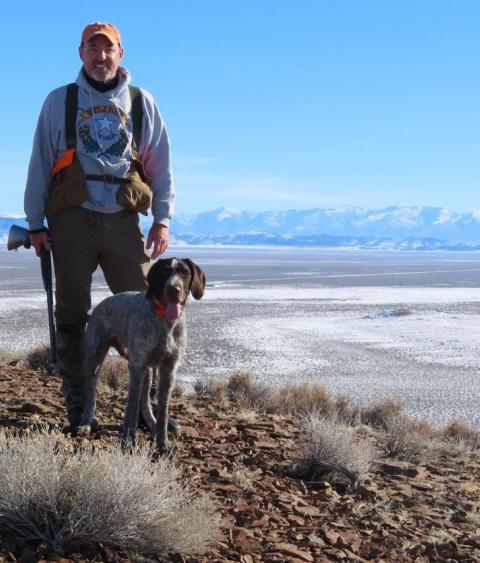Conservation Brief
Senate Defeats Resolution Blocking FWS Barred Owl Strategy
On October 29, the U.S. Senate voted against a joint resolution (25 for, 72 against) that would have expressed congressional disapproval for the rule implementing the U.S. Fish and Wildlife Service’s record of decision on barred owl management in Washington, California, and Oregon. Senate Joint Resolution 69 would have used the Congressional Review Act to stop implementation of a rule related to the FWS Barred Owl Management Strategy that was completed in August 2024.
Barred owls are native to the eastern U.S. but have moved west and into the range of federally threatened northern spotted owls and are continuing to move south into the habitat of California spotted owls. According to the FWS on their barred owl management website: “Barred owls are larger, more aggressive, and more adaptable than northern spotted owls. They displace spotted owls, disrupt their nesting, and compete with them for food. Researchers also have seen a few instances of barred owls interbreeding with or killing spotted owls. Because the spotted owl is already struggling due to its reduced habitat, the effect of the barred owl’s presence is an added stressor… A recent meta-analysis of northern spotted owl population trends found that northern spotted owl populations experienced significant declines on all 11 study areas, ranging from 2 to 9% annually. Barred owl presence on spotted owl territories was the primary factor negatively affecting apparent survival, recruitment, and ultimately, population trend.”
The FWS plan authorizes the lethal removal of barred owls in identified management areas, representing less than one half of 1% of the North American barred owl population. It was finalized and released under the Biden Administration and strongly supported by the Trump Administration demonstrating that science-based wildlife management is not a partisan issue.
“As wildlife professionals, we approached this issue carefully and did not come to this decision lightly,” said FWS Oregon Office state supervisor Kessina Lee when the record of decision was released in 2024. “Spotted owls are at a crossroads, and we need to manage both barred owls and habitat to save them. This isn’t about choosing one owl over the other. If we act now, future generations will be able to see both owls in our Western forests.”
Had it passed, the Joint Resolution would have expressed Congress’ disapproval of the rule implementing the record of decision, and therefore the rule would not have force or effect. Members of the American Wildlife Conservation Partners opposed the resolution, writing to Senate leaders on October 27 that: “Two important tenets of the North American Model of Wildlife Conservation are that the best available science will be the basis for informed decision-making in wildlife management and that science-based laws and regulations developed and enforced by state and federal agencies will guide the proper use of wildlife resources. The use of the CRA in this instance would erode those important pillars of conservation. While we recognize that Congress retains oversight authority of Federal agency actions under the Congressional Review Act (CRA), we are collectively concerned that the use of this mechanism to overturn a species-specific wildlife management strategy would establish a deeply troubling precedent.”



